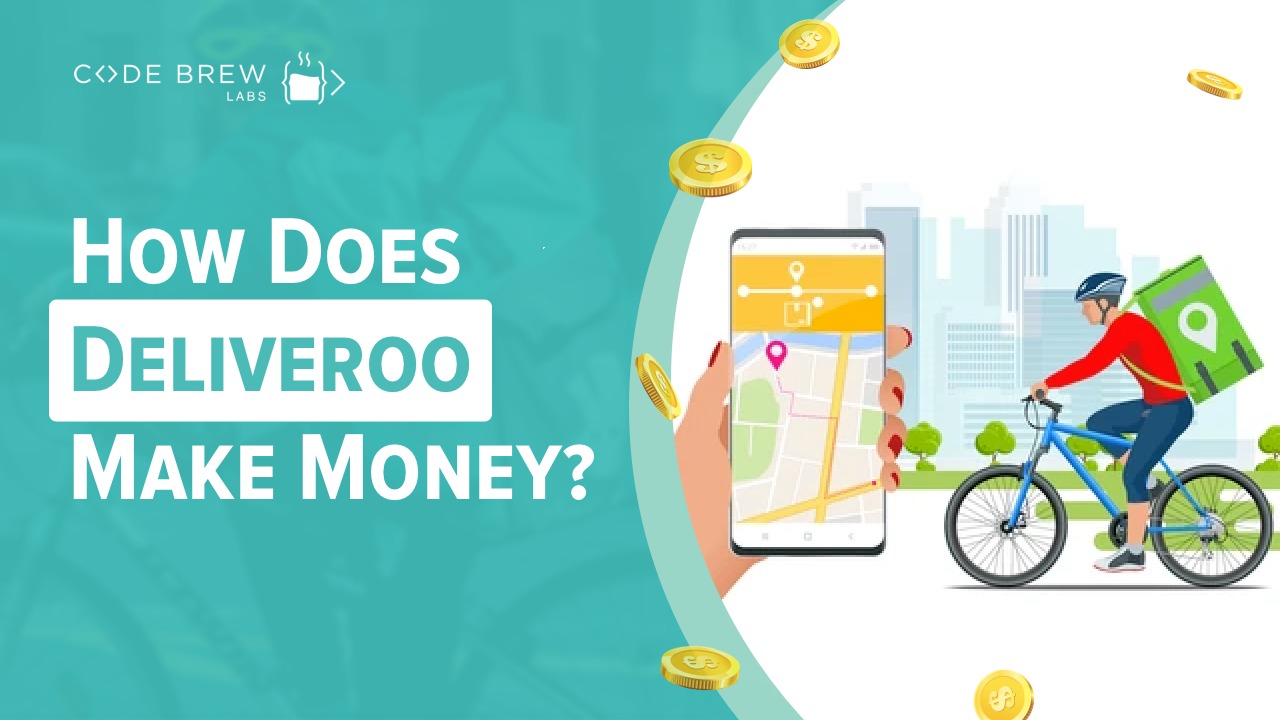
Do you like to get out of your comfort zone to satisfy your food cravings? Would you like to get your favorite food with minimum effort? It doesn’t matter whether your answer to this question is a “No” or “Yes”, the on-demand food delivery services are a godsend for you. In the past few years, doorstep delivery services have brought about a drastic change in the food market.
Table of Content
Today any business can evolve into a giant by leveraging the right technology; there is no doubt about it. The on-demand food delivery service is one of the examples of this transformation. There are numerous on-demand food delivery apps that are making billions by leveraging the technology, such as Deliveroo, DoorDash, Zomato, UberEats, and more.
Are you interested in making an on-demand food delivery Deliveroo clone app for your business? If yes, this is the right time to invest after the pandemic. Hope you are done with all the research and development (R&D) for your startup. So, have you decided anything about your business model? What’s going to be your business model? Don’t worry! If you have not decided anything. It’s not a matter of hurry because the success of your business is directly proportional to its business model. The business model of your business is the cornerstone of its success. The stronger your business model, the higher the chances of your business success.
We recommend you to take an idea of your business model from the best food delivery apps like Deliveroo, Zomato, GoJek, and many more. This blog covers the Deliveroo business model, how it works, and how Deliveroo makes money. Moreover, if you want to read the business model of apps like Zomato, GoJek, Grubhub, you can also take an idea from their business models. So, let’s get started:
| Launch Date | February 2013 |
| Headquarters | London, UK |
| Business Type | Public |
| Industry | Food delivery |
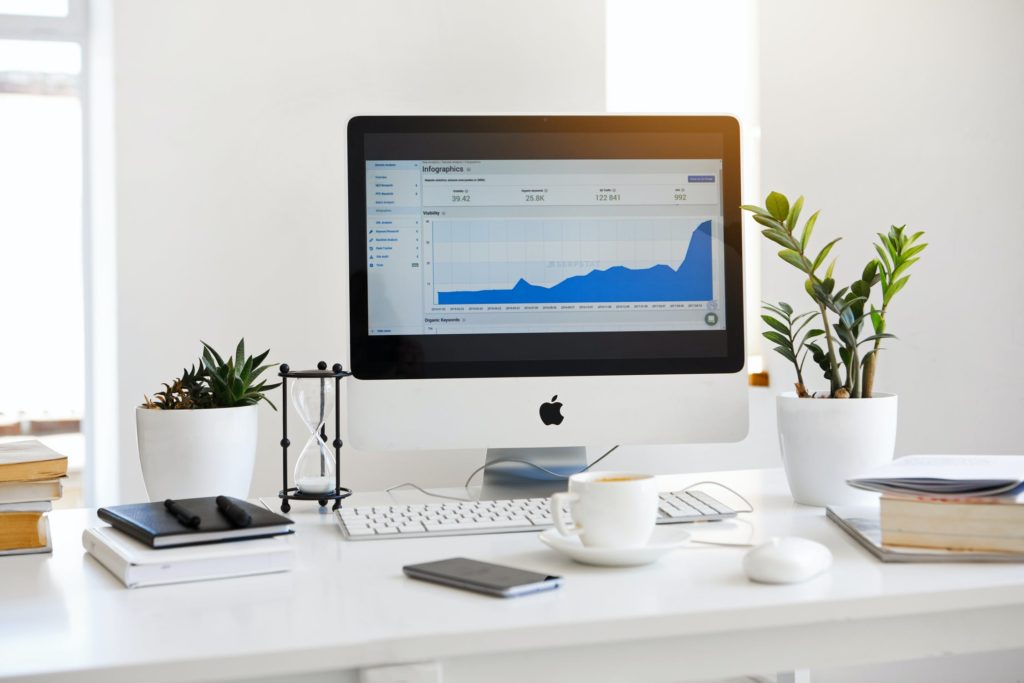
Deliveroo is an on-demand food delivery service that partners up with other restaurants to deliver food to customers. On the other hand, deliveries are performed by contractual drivers. Deliveroo’s business model makes money by order delivery, sign-up, service fees, premium subscriptions, and selling food through its cloud kitchens.
The Deliveroo business model was founded in 2013 and is headquartered in London. Now, Deliveroo serves in 11 countries while counting over 140,000 restaurants to its network.
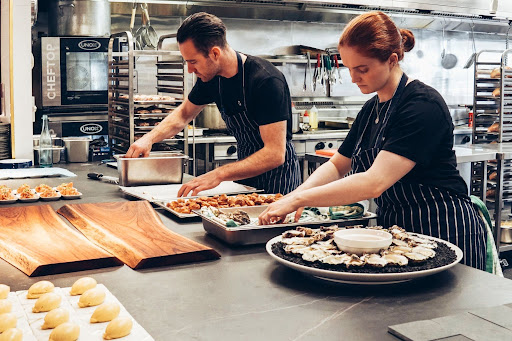
Deliveroo’s business model is an on-demand food delivery service that allows users to order their favorite food from restaurants near them. Moreover, the Deliveroo business model gives two choices to their users, either they can place orders using the website or they can place orders using the Deliveroo app.
Deliveroo’s business model runs on the platform-to-consumer model. It means Deliveroo does not cook any of the food themselves, but they have plenty of partner restaurants for this. Deliveroo’s business model manages order payments and order delivery.
The company counts over 110,000 delivery drivers, which delivers the order within 32 minutes of order placement.
Note: Planning a business model is not a piece of cake. We recommend you discuss your project with the best mobile app development company to accurately execute your project’s business model. Book a free consultation now!
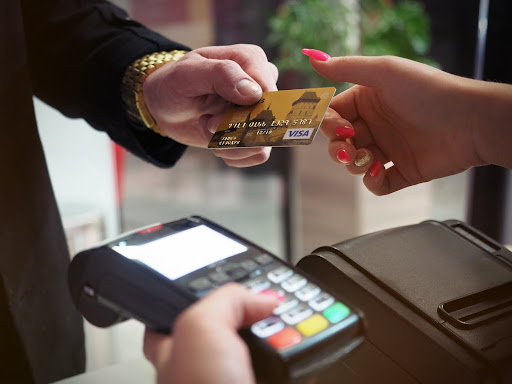
Deliveroo’s business model makes money from delivery fees, service fees, onboarding fees, subscriptions, and sales from its cloud kitchens.
Additionally, Deliveroo creates the bulk of its revenue from direct clients. They charge £2.50 for delivery and commission fees from their partners, generally between 10% and 20% per order (if the restaurant has more than one delivery partner, the commissions are higher).
Also, Deliveroo’s business model makes a healthy portion of its income by promotions and partner benefits to partner restaurants, and Delivceroo charges a fee regarding this.
Let’s examine them one by one.
Deliveroo’s business model charges a commission from the restaurants on orders made through the Deliveroo app. Also, the restaurants are charged an onboarding fee of $300 when they sign up for the platform.
Furthermore, the Deliveroo business model charges a commission of around 25% to 45% from restaurants on every order made from the Deliveroo app. Moreover, the commission depends upon the location of the restaurant.
For example, A restaurant in Australia charges between 30% and 35%, whereas the equivalent in the United Kingdom charges between 25% and 30%.
On the flip side, the Deliveroo business model charges a flat delivery fee to the customers in addition to the commission.
Deliveroo’s business model charges a fee to the customers for its premium subscription. Deliveroo premium subscription offers numerous incentives to the customers. The following are some of them:
However, the Deliveroo premium subscription plan costs £11.49 per month in the United Kingdom.
Deliveroo enables the corporate companies to order food in bulk for their workers. Besides, it allows businesses to anchor food budgets for teams while keeping all orders (and bills) synchronized in the app. Also, it enables the employees to order from any of the existing restaurant partners. Deliveroo also charges a commission on orders that come from top corporate companies to the restaurants.
Deliveroo’s business model is partnered with tons of restaurants around the globe. It gives an insight into what works and what doesn’t. Deliveroo practiced that as motivation to start Editions, their digital kitchens.
Customers can pick from a variety of foods, including Pizza, Burgers, Sushi, and Indian. Deliveroo serves these restaurants directly or works with other restaurants that make the food in their kitchens (the concept is called ghost restaurants). Deliveroo divides revenue fairly with restaurants in cases of collaborations.
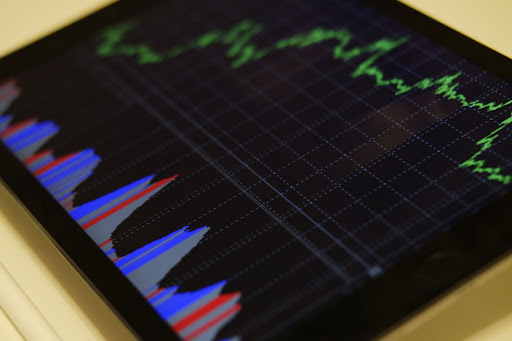
| Year | Revenue |
| 2015 | $18 million |
| 2016 | $129 million |
| 2017 | $277 million |
| 2018 | $476 million |
| 2019 | $771 million |
| 2020 | $1.2 billion |
| Year | Profit |
| 2017 | $199 million |
| 2018 | $232 million |
| 2019 | $317 million |
| 2020 | $223 million |
| Year | GTV |
| 2019 | $2.5 billion |
| 2020 | $4.1 billion |
| Year | Users |
| 2017 | 3.1 million |
| 2018 | 3.9 million |
| 2019 | 6 million |
| 2020 | 7.1 million |
| Year | Restaurants |
| 2017 | 5,000 |
| 2018 | 10,000 |
| 2019 | 80,000 |
| 2020 | 140,000 |
| Year | Cities |
| 2017 | 50 |
| 2018 | 150 |
| 2019 | 500 |
| 2020 | 800 |
| Year | Valuation |
| 2015 | $315 million |
| 2016 | $1 billion |
| 2017 | $2 billion |
| 2020 | $10.5 billion |
You can witness the continuous growth of the Deliveroo business model. No doubt, Deliveroo is highly successful in this segment because it has been capable of catering to the needs of a large customer base in an efficient manner. Deliveroo’s business model not only pays attention to the food delivered by the restaurants but ensures that consumers get what they want. So, if you want to be the next big thing in the market, don’t forget to keep your customer as the priority because how you treat your customers is the key to the success of your Deliveroo clone app.

If you plan to invest in the food industry, we recommend you to go with the Deliveroo business model. One more reason to implement the Deliveroo business model, it is cost-effective as you only need to invest in delivery drivers. However, it is not easy to clone a business model. For this, you need optimum guidance from an experienced mobile app development company that can make a user-friendly Deliveroo clone app for your business. We recommend you choose the best mobile app development company to discuss your project based on the Deliveroo business model. Book a free consultation now!
Don’t forget to check out this video by Code Brew Labs Co-Founder & CTO – Mr. Pargat Dhillon:
